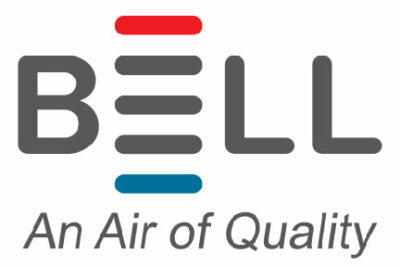The concept of running both a furnace and heat pump might sound a bit odd at first. After all, why should you need two heating systems? Even though furnaces and heat pumps both deliver energy-efficient heat, the differences in their design genuinely make installing both of them a viable option. It’s not for everyone, but under the right conditions you will absolutely benefit from having a furnace and a heat pump.
You’ll need to take a look at several factors in order to confirm if this sort of setup works for you. Your local climate and the dimensions of your home are both highly important, particularly for the heat pump. This is because many models of heat pumps will run less effectively in winter weather and bigger homes. Even so, you can still benefit from heat pump installation in McKinney and Frisco.
Heat Pumps Might Be Less Effective in Cold Weather
Heat pumps are commonly less reliable in cooler weather because of how they generate climate control to begin with. Compared to furnaces, which combust fuel to create heat, a heat pump reverses its supply of refrigerant to pull heat from outdoor air. This heat is then brought inside and circulated throughout your home. As long as there is still some heat energy in the air, a heat pump will function. But the cooler the temperature, the less reliable this process is.
The less heat energy is available outside, the more effort is required for a heat pump to bring heat indoors to maintain your desired temperature. It may depend on the specific make and model, but heat pumps generally start to lose out on efficiency at temperatures of 40 degrees and below. They should still be an energy-efficient option until 20-25 degrees, after which a gas furnace should be more effective.
What Temperatures Do Heat Pumps Run Best In?
Heat pumps work best in temperate climates 40 degrees and up. Having said that, you don’t have to miss out on the benefits of a heat pump just because your local climate is cold. After all, that’s why installing both a furnace and heat pump might be worth the cost. You can keep the heat pump for energy-efficient heat until the weather is chilly enough to call for switching to something like a gas furnace.
A few makes and models claim greater efficiency in cold weather. For example, the Lennox MLA heat pump is capable of operating at 100% capacity at 0°F. It can even remain efficient in temperatures as cold as -22°F. For optimum energy efficiency, you’ll likely still want to use the furnace in severely cold weather.
So Should I Get a Heat Pump if I Have a Gas Furnace?
If you’re thinking about maintaining the most energy-efficient HVAC system achievable, having a heat pump and gas furnace at the same time deserves the investment. Not only is a dual-heating system versatile, but it features other benefits including:
- A source of backup heating – A redundant heating system means even if one stops working, you still have the ability to heat your home. It won’t always be the most energy efficient, but it’s better than having an unheated home while you sit around for repairs.
- Lower energy costs – The ability to decide which heating system you use based on the highest energy efficiency decreases your total costs. Smaller heating bills over the life span of these systems can really add up to lots of savings.
- Less strain on both systems – Compared to running one system all winter long, heating responsibilities are split between the furnace and heat pump. Crucial components could last longer since they’re not under nonstop use.
If you’re still unsure about heat pump installation in McKinney and Frisco, don’t hesitate to get in touch with your local certified technicians. They can review your home’s comfort needs and help you determine if a dual-heating HVAC system is the better option.
